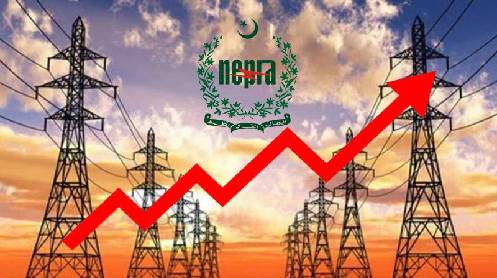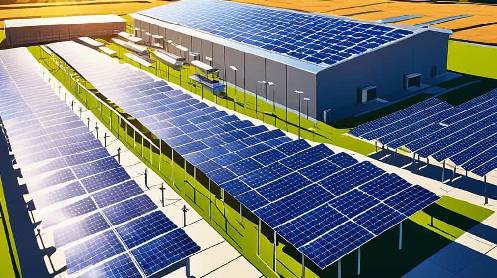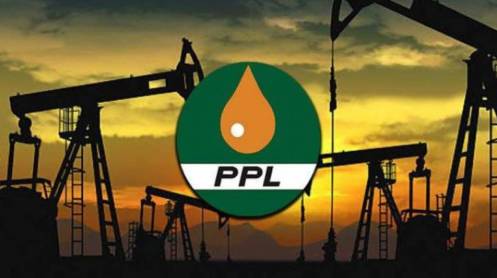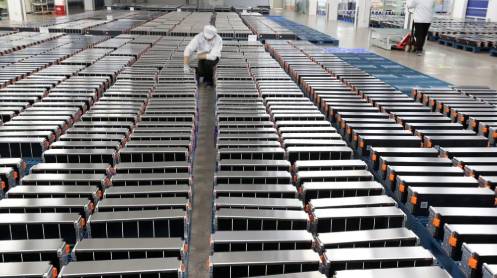ISLAMABAD: In a shocking development, the National Electric Power Regulatory Authority (Nepra) has determined a massive increase of Rs6.90 per unit in the base tariff for the Financial Year 2023-24.
The new base tariff was shared with the Power Division on Thursday, a senior official of the energy ministry told The News.
The Rs6.90 per unit increase will push the base tariff to Rs31.70 for 2023-24 from Rs24.80 per unit in the last fiscal 2022-23. However, the government notified the base tariff for the last fiscal at Rs24 per unit.
The IMF team, the official said, also visited the Power Division on Thursday where it was briefed on the implementation of the new base tariff from July 1, 2023 that has been worked out by the regulator and the strategy on how to effectively contain the monster of circular debt, which has swollen to Rs2.64 trillion.
The per month inflow in circular debt has increased by 32.59 percent to Rs35.8 billion as compared with the monthly inflow in the circular debt during the same period of fiscal 2021-22, which was at Rs27 billion. And this bitter fact has raised the eyebrows of the Fund officials.
“The IMF has asked the officials to bring down the recovery losses and system inefficiency, which are on the higher side.”
However, the notification of the increase in base tariff is mandatory by the government before July 12 — the date when the IMF executive board will meet and approve the $3 billion Stand-By Arrangement (SBA) for nine months.
“Earlier, Nepra had worked out the increase in base tariff by close to Rs4 per unit, but because of comments by the Central Power Purchase Agency (CPPA)-G and its projected electricity sale growth in Financial Year 2023-24 and its plea asking for an increase in base tariff by Rs8.50 per unit, the regulator determined the new price in the range of Rs6.50-6.90 per unit.”
The contribution of the capacity charges payment has alarmingly increased to 65 percent in the new base tariff for the financial year 2023-24 from 53 percent in the Financial Year 2022-23, owing to which Rs4.48 will be part of the increase of Rs6.90 per unit in the electricity base tariff.
The Nepra officials stayed tight-lipped when this reporter contacted them to confirm the development. However, they indicated that the Authority was likely to upload the decision on its official website on Friday (today), as two members of the Authority had not yet given their go-ahead.
The base tariff is the Nepra-determined tariff, which stands at Rs24.80 per unit for FY2022-23. However, the government has notified it at Rs24 per unit. If the required increase is added, then the base tariff for FY24 will go up to close to Rs31.70 per unit. However, the base tariff doesn’t include surcharges, taxes, and duties, which is the sole prerogative of the federal government. The power purchase price (PPP) constitutes 90 percent of the tariff out of which capacity charges payments share will be at 65 percent. At present, the power sector has virtually become unsustainable as its circular debt has swollen to over Rs2.64 trillion and the government is unable to pay the amount to the powerhouses against the electricity it purchases from them, high system losses, less recovery and inadequate budget subsidy.
The IMF also wants the government to notify the increase in gas tariff by Rs45-50 percent from July 1, 2023.
The Oil and Gas Regulatory Authority (Ogra) on June 2 announced an increase of 50 percent (Rs415.11 per MMBTU) for the consumers of Sui Northern Gas Pipeline Limited (SNGPL), pushing the subscribed gas price up to Rs1,238.68 per MMBTU.
The regulator also increased the gas price by 45% (417.23 per MMBTU) for the consumers of Sui Southern Gas Company Limited (SSGCL) for 2023-24. However, the government is yet to notify the increase in the gas price for the financial year 2023-24.
“The SNGPL still has the previous year’s accumulative shortfall of Rs560.378 billion up to FY23, while the Sui Southern has a shortfall of Rs97.388 billion,” he added.
Last time, the federal government notified the category-wise gas sale prices to increase from January 1, 2023. Under the government’s existing policy, high-end consumers are providing cross-subsidy to low-end consumers. “The government is most likely to continue the policy under which high-end consumers will pay the gas price for low-end consumers also from July 1, 2023.” The whole energy sector, according to the official, is in the trap of circular debt of over Rs4,300 billion (Rs1,700 billion in the oil and gas sector and Rs2.646 billion in the power sector).





